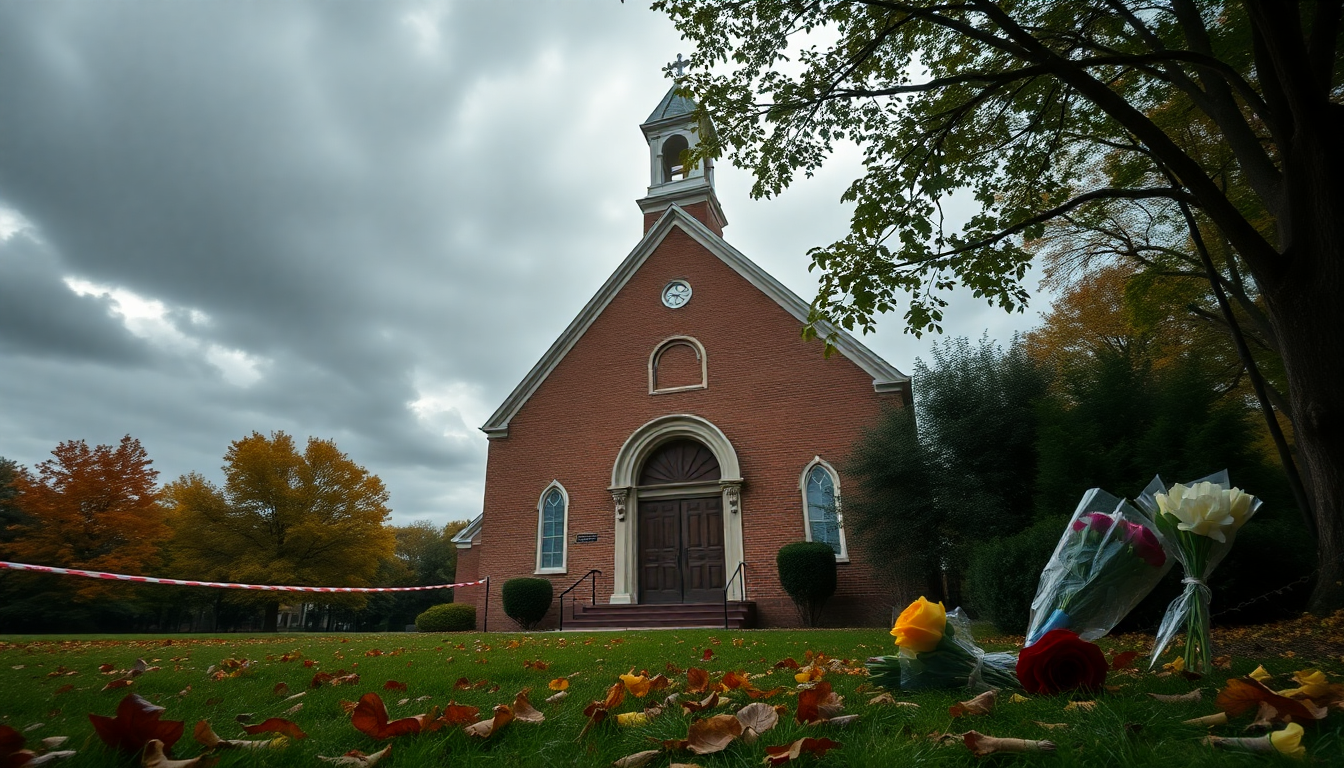Table of Contents
In recent years, the United States has experienced a troubling rise in violent incidents targeting churches, stirring concern among communities and religious organizations alike. Just think about it: the recent shooting at a Catholic school in Minnesota serves as a stark reminder of the perils faced by places of worship. This article takes a closer look at the statistics surrounding church attacks, the emerging patterns, and what they mean for religious communities across the nation.
Escalating Incidents of Hostility
According to a report by the Family Research Council, there have been a staggering 1,384 recorded incidents of hostility against churches in the U.S. from January 2018 to December 2024. The data paints a concerning picture: initial figures showed just 50 incidents in 2018, but that number surged to a notable spike in 2022 with 198 incidents reported. The following years saw further increases, hitting a peak of 485 incidents in 2023, before slightly dropping to 415 in 2024. Even with this recent dip, the overall figures highlight a persistent problem that demands our attention and action.
This data has been meticulously compiled through open-source reports and media coverage, pinpointing trends in vandalism, threats, and arson. California leads the way with 40 incidents in 2024, closely followed by Pennsylvania and Florida—demonstrating how population density often correlates with the frequency of these attacks. Interestingly, while the total incidents dipped last year, the nature of the violence remained steady, with vandalism still prevalent among the various types of hostility reported.
Trends and Patterns of Violence
Looking deeper into the reported incidents, we find several alarming patterns. While vandalism continues to dominate the types of attacks, there’s been a notable shift in the motivations behind these acts. Incidents linked to pro-abortion sentiments have decreased, yet gun-related attacks are on the rise. What does this mean? It suggests an evolving landscape of threats facing religious institutions, reflecting broader societal tensions.
Moreover, the report warns that the documented incidents may only scratch the surface of the actual hostility faced by churches, as many cases likely go unreported. This underreporting signals an urgent need for increased awareness and protective measures for places of worship. As religious attendance wanes among the American populace, the rise in church-related incidents presents a paradoxical challenge that communities must confront.
Implications for Religious Communities
The increasing violence against churches has profound implications for faith communities. The tragic shooting at Annunciation Catholic Church in Minnesota, which resulted in the deaths of two children, starkly illustrates the vulnerabilities faced by places of worship. The shooter, who legally changed their name in 2019, embodies the complexities involved in identifying motivations behind such attacks, making efforts to prevent future incidents even more challenging.
This rising tide of violence highlights the need for a multifaceted approach that includes community engagement, collaboration with law enforcement, and support from religious organizations. Strengthening community ties and encouraging open dialogue can serve as crucial steps in combating hostility and ensuring the safety of worshippers. Additionally, churches ramping up their vigilance and preparedness can help mitigate risks and enhance security measures.
Looking Forward
As we witness this escalating trend of violence, it’s vital to stay vigilant and proactive in addressing the threats facing religious communities. The data suggests that while the total number of incidents may fluctuate, the underlying issues driving hostility remain persistent. By promoting community awareness, enhancing security protocols, and fostering dialogue among different faiths, we can hope for a more peaceful coexistence.
As we move forward, let’s keep a close eye on these trends and advocate for the protection of all places of worship, ensuring they remain sanctuaries of peace and community support.


